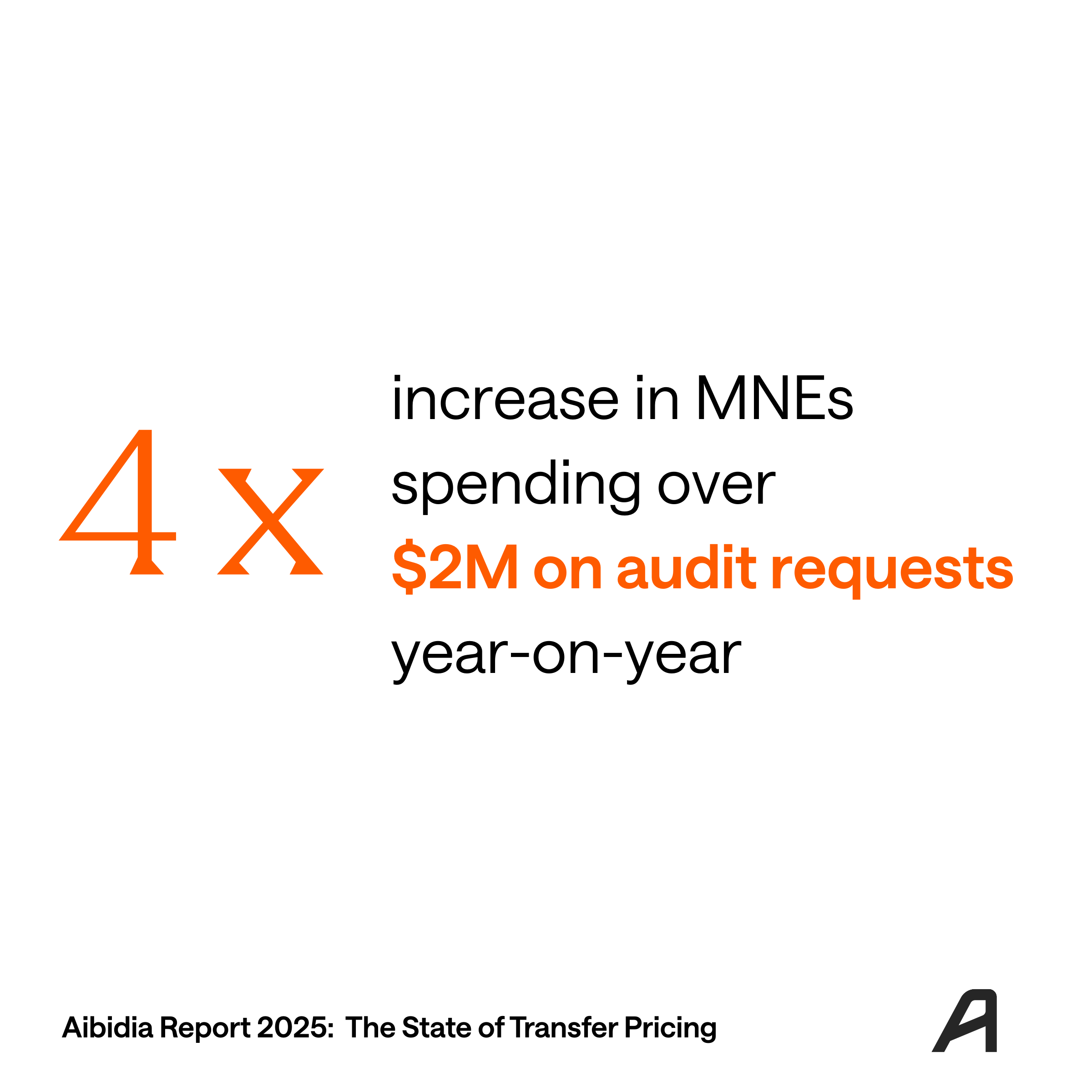In a recent webinar, Borys Ulanenko (Aibidia) and Izabela Pienkowska (TechStyle Fashion Group) discussed the benefits of automating transfer pricing local file preparation. The webinar showcased how automation can save time, reduce costs, and enhance control over transfer pricing processes. You can watch the full webinar here.
Why Automate Local Files?
The traditional process of preparing transfer pricing documentation often involves a lot of back-and-forth communication between tax teams and advisory firms (a "ping pong" game). Automating local file preparation can save time and reduce costs by streamlining the process. Additionally, automation can help tax teams maintain ownership over the entire process, ensuring consistency across all documentation.
Building a Business Case for Automation
When considering automation, tax teams should prepare a business case that outlines the time and cost savings that can be achieved. We recommend using our Local File Automation Roadmap for details on various alternatives, strategies, and building the business case.

Addressing Concerns and Downsides of Automation
One of the main concerns with automating local file preparation is the responsibility that comes with overseeing compliance in-house. Izabela addressed this by involving advisors in the process to ensure compliance with local regulations. She noted, "I would prepare the local file, having them set it up, and then having our tax advisor...doing what they're supposed to be, being an advisor, and not copy-paster."
Localization and Complying with Local Requirements
Tax teams must ensure that their documentation meets local requirements when automating local file preparation. Izabela explained her approach, saying, "We are preparing our local files on time...and then if the tax authorities require our local file, then we send it over in English. If they still require local language, then we always have a translator that gets the local file and translates it within a few days."
This aligns with what Aibidia believes is the best way - you should maintain and control your transfer pricing data centrally, in a digitally organized format, and only produce the actual files when required.
Data Gathering and Automation
Data gathering is a crucial aspect of automating local file preparation. There are various ways you can achieve it, from fully manual to fully automated (integration with ERP and other systems). Your approach should be adjusted to the complexity and frequency of the data-gathering process.
Izabela shared her vision: “The next step in the next year will be having connection points where I can just pull everything from my system to the Aibidia platform and not even asking for data from external colleagues."
Final advice
To successfully implement automation, tax teams should follow Izabela's advice:
1. "Don't be afraid of automation."
2. "Search yourself for a partner that knows how to support the whole process."
3. "Just start doing it."
So here is the final answer to the meta-question of how to prepare a local file in 60 minutes:
To prepare a local file in 60 minutes, use a digital platform to streamline data gathering, standardize templates, ensure compliance with local requirements, prioritize frequent data updates, and collaborate with advisors. This enables tax teams to save time, reduce costs, and enhance control over their processes, ultimately making the preparation of a local file in 60 minutes achievable.
You can watch the full webinar here.







.png)

.png)

.png)
.png)






.svg)
